Affordable Back-to-School Tips for Parents | 14 Smart Budget Ideas
Back-to-school season can feel like a financial marathon. Between growing kids, rising prices, and long supply lists, it’s easy to feel like your budget is under attack. But the good news is that you don’t have to overspend to get your children ready for the school year.
With the right strategies, you can cut costs while still giving your kids everything they need to succeed. These affordable back-to-school tips for parents on a tight budget are simple, practical, and proven to reduce financial stress. Below are 14 strategies that can help you keep school spending under control this year.
1. Start with a Realistic Budget
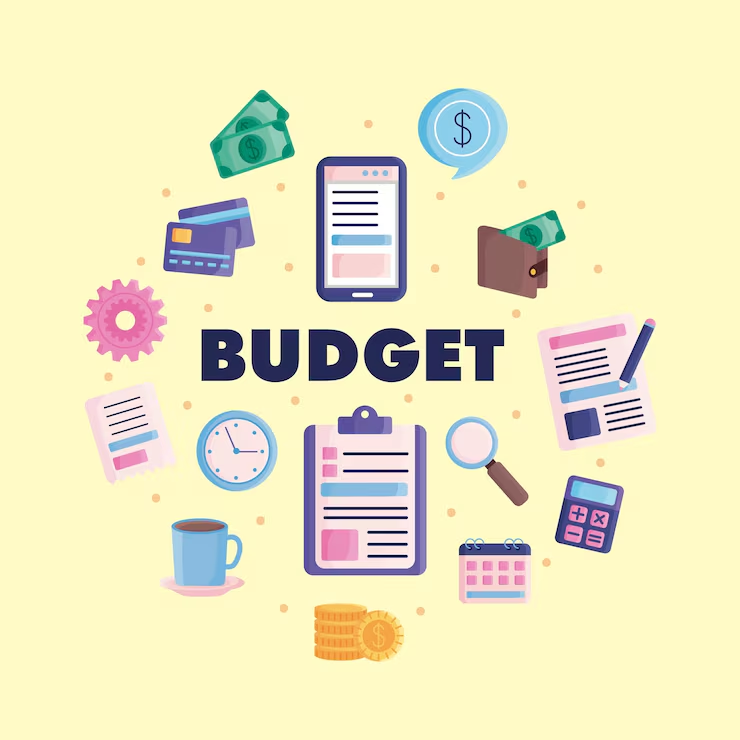
Before buying a single pencil, decide how much you can comfortably spend. Break your budget into categories supplies, clothing, tech, lunches, and fees. This step sets the foundation for every other money-saving move.
Free tools like Mint, YNAB (You Need a Budget), or a simple spreadsheet can help track every dollar. If your kids are old enough, share the budget with them to make them part of the process. A realistic budget is the first and most effective affordable back-to-school tip for parents because it prevents overspending before it even happens.
2. Check What You Already Have
Many parents skip this step and waste money buying duplicates. Before hitting the stores, take inventory of last year’s supplies and clothes:
- Half-used notebooks or sketchbooks
- Gently used backpacks or lunchboxes
- Pencil boxes, rulers, or calculators
- Outgrown clothes that could work as hand-me-downs
Checking what you already have saves money and reduces waste. It’s also one of the simplest back-to-school tips for frugal families, because you might find you already own half the items on your list.
3. Create a Detailed Shopping List
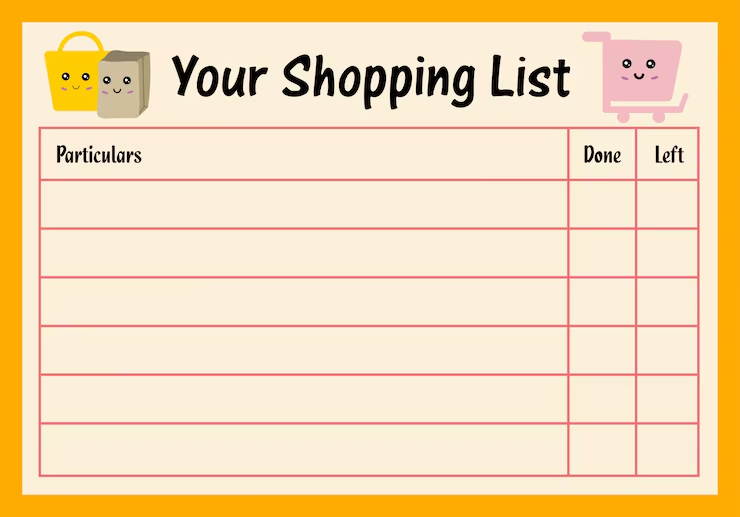
Impulse buying is the silent killer of any budget. The best way to avoid it is with a detailed shopping list. Write down exactly what your child needs, and stick to it.
Why this works:
- Keeps your spending focused
- Makes comparison shopping easier
- Helps identify which items can wait for sales
Many parents pair this with store flyers or price‑match apps to spot deals before leaving the house.
4. Shop During Sales and Use Coupons
The biggest back-to-school sales usually start in late July and peak in early August. Combining these sales with digital coupons and cashback apps maximizes savings.
Some top resources:
- Rakuten and Honey for online cashbacks
- Target Circle and Walmart Savings Catcher for in-store deals
- Local circulars for buy‑one‑get‑one offers
Timing is everything buy essentials when sales hit, and hold off on big-ticket items like electronics until Labor Day or fall clearance.
5. Buy in Bulk for Essentials

Pencils, erasers, glue sticks, and paper are cheaper in multipacks. If your child only needs part of the pack, split the cost with a friend or neighbor.
This approach:
- Cuts per‑item cost
- Reduces last‑minute store runs
- Ensures you have spares for midyear refills
Bulk buying is an affordable back-to-school strategy that saves money year after year.
6. Wait for Seasonal Clearance on Clothes
Clothing is one of the largest back-to-school expenses. But here’s the secret: kids rarely need a full new wardrobe on the first day.
Buy only the essentials now, like shoes and basic tees, and wait until September or October for clearance sales. Stores like Old Navy, Target, and Kohl’s often slash prices by 50–70% after the initial back-to-school rush. This single tactic can save families hundreds of dollars annually.
7. Embrace Thrift Stores and Consignment Shops
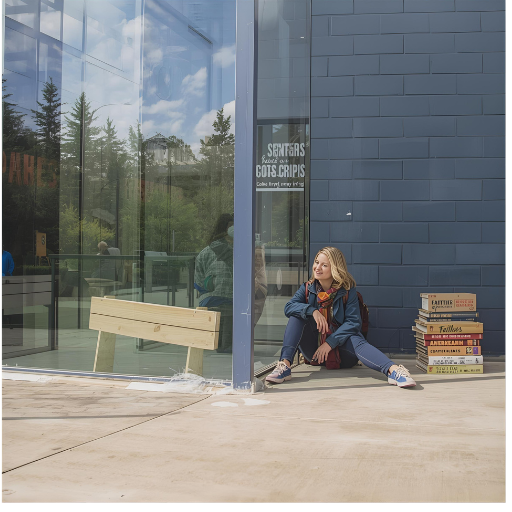
Secondhand shopping is no longer a stigma it’s a smart parenting strategy. Consignment shops and thrift stores often carry brand-name clothes in excellent condition for a fraction of the retail price.
Pro tip: Look for seasonal sales or discount days at local Goodwill or Once Upon a Child stores. For fast-growing kids, this is one of the most effective affordable back-to-school tips because children outgrow outfits long before they wear them out.
8. Join or Host a Local Swap
Community swaps are a fun and frugal way to get new-to-you items. Invite neighbors, school parents, or family friends to exchange:
- Backpacks
- Jackets
- Shoes and sports gear
- Unused supplies
Not only does this save money, but it also teaches kids about reusing and sharing. With sustainability trending in 2025, school swaps are becoming more popular and socially rewarding.
9. Plan Affordable School Lunches
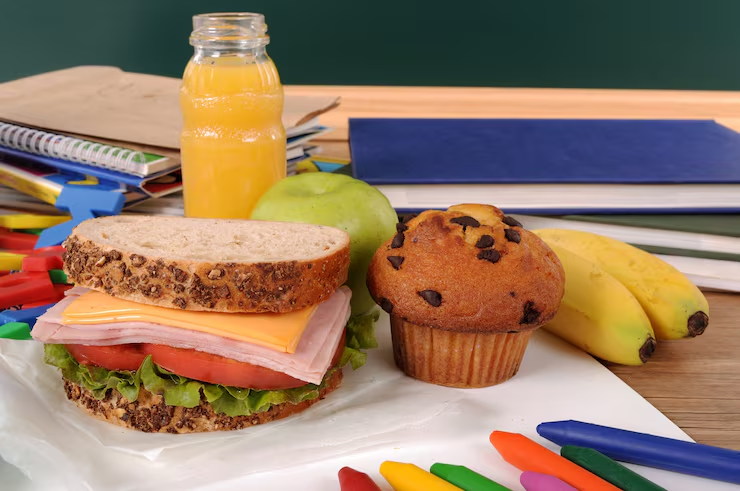
Buying cafeteria meals daily adds up quickly often $50–$70 per week for a family with two kids. Packing homemade lunches is a budget lifesaver.
Here’s how to keep it affordable:
- Buy snacks like granola bars or crackers in bulk
- Prep sandwiches, wraps, or pasta salads ahead
- Use reusable containers to cut waste
Meal prepping once or twice a week can cut lunch costs in half while giving your kids healthier options.
10. Leverage Cashback and Rewards Programs
Maximize every purchase by using cashback and rewards apps:
- Ibotta for groceries and supplies
- Rakuten for online retailers
- Credit card rewards for planned purchases
Combining loyalty programs, coupon codes, and rewards points can yield an extra 5–10% savings on your back-to-school haul. This is a low-effort, high‑reward strategy.
11. Spread Out Big Purchases

You don’t need to buy everything at once. Start with must-haves like pencils, paper, and basic clothes. Delay non‑essential or expensive items like graphing calculators or sports gear until sales appear later in the fall.
This staggered approach:
- Keeps your budget flexible
- Lets you take advantage of multiple sales cycles
- Reduces upfront stress during August
12. Prepare for Hidden Costs Early
Back-to-school budgeting doesn’t end with supplies. Hidden costs like field trips, sports fees, yearbooks, or class projects often catch parents off guard.
Set aside $5–$10 weekly in a small savings envelope or digital account for these surprise expenses. Planning ahead means you won’t rely on credit cards when these costs pop up.
13. Involve Your Kids in Budgeting
One of the most valuable life lessons you can teach your children is how to manage money. Give them a small allowance for discretionary school items like notebooks or pencil cases and guide their choices.
Benefits of involving kids:
- Teaches decision-making and financial awareness
- Reduces arguments over impulse buys
- Helps kids feel empowered and responsible
When kids help stick to the plan, your budget works better too.
14. Use Digital Learning and Free Resources

Before buying every workbook, app, or subscription, check for free alternatives:
- Public libraries now offer free Wi-Fi hotspots, e-books, and homework help
- Many schools provide digital textbooks or online learning platforms
- Websites like Khan Academy or PBS Learning offer free academic support
This growing frugal back-to-school trend saves money while keeping kids engaged with quality learning tools.
Conclusion
The secret to affordable back-to-school success is simple: plan ahead, shop smart, and stay flexible.
By following these 14 strategies checking what you already own, timing your purchases, using coupons and cashback, and involving your kids you can slash school expenses by 30–40% without sacrificing quality. Small, consistent savings decisions add up to big financial relief for families on a tight budget.
Quick FAQ for Parents
Q1: When is the best time to shop for school supplies?
The last week of July through mid-August usually offers the best combination of sales and stock availability.
Q2: How much should parents expect to spend per child?
On average, families spend $500–$700 per child, but following these affordable back-to-school tips can cut costs by 30–40%.
Q3: Are secondhand school items okay to use?
Absolutely. Backpacks, jackets, and even calculators are perfectly fine as long as they are in good condition.



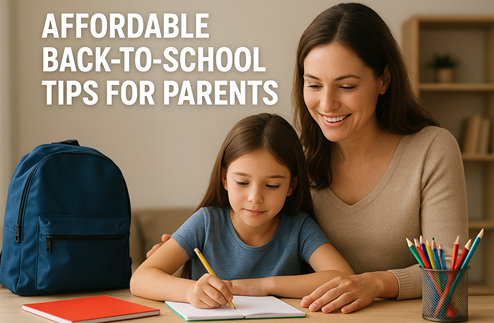



Leave feedback about this